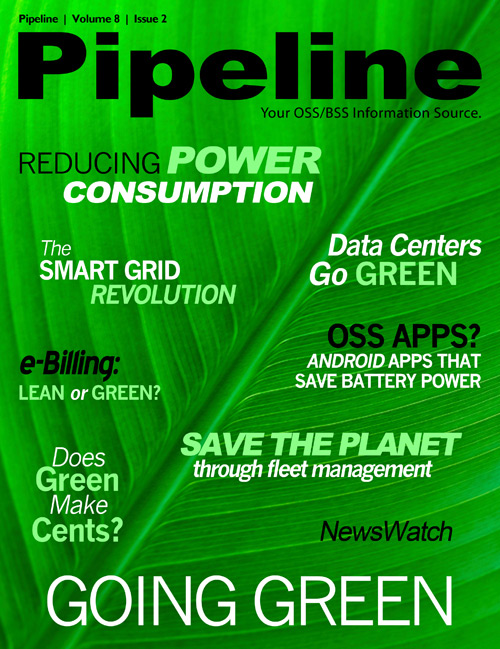By: Jesse Cryderman

When I power up my Android phone, I have to wait over two minutes before I can make a call. After the two-minute boot time, I launch Advanced Task Killer (one of the most popular apps in the Android Market) in order to close all of the pre-installed software that loads upon startup. You see, I can't remove this software, nor can I modify its activity or permissions; I'm stuck closing it manually while time ticks and my battery life diminishes. In fact, if my battery is low, I'm better off leaving my phone on rather than turning it off until I need it, because the auto-loading bundled apps are power drainers, and send and receive packets of data as they load. Sadly, my experience is not unusual--it's the norm.
While other mobile platforms certainly face similar types of efficiency issues, they are managed differently for Android, which is an “open” platform. Android users increasingly turn to apps in order to improve their device efficiency; apps that customize the startup sequence, monitor and manage battery life, and tightly control data airtime. Since mobile devices are a network component with a unique address and a two-way conduit for network data, an argument could be made that apps themselves are OSS, especially when they actuate functions such as service provisioning, billing, location awareness, network monitoring, and service delivery. In this article, we'll take a look at the problems and solutions for Android users, as well as how carriers are becoming involved in improving device efficiency.


Comparing Oranges to Apples
Comparing the Android platform to Apple's iOS isn't an apples to apples comparison, however. First of all, there is no “vanilla” (unmodified) version of Android that greets all new Android 2.3 users, for instance, when they power up their new Android 2.3 device. All Android releases are modified by both the handset manufacturer (HTC's Touch UI) and the carrier (Verizon's V-Cast integration). Rooting, or replacing the device's OS with a vanilla version, enables users to experience an unmodified version of Android, but that's beyond the scope of this article.
Secondly, there is little standardization among Android device manufacturers, which results in very high rates of hardware failure and an inconsistent user experience. (A global study conducted by WDS found that 14 percent of all technical support calls for Android devices were hardware related, versus 3.7 percent for RIM/Blackberry, 8 percent for iPhones, and 9 percent for Windows 7 Mobile.) A large component of the Android Market is the reviews section, where users report which devices support a particular app. A battery saving application might work fine on the HTC EVO, yet cause a DroidX to freeze, despite running the same version of the Android OS. This is very different from the Apple model, in which apps that appear in the App Store have been certified to work on iPhones.
Perhaps these issues are an innate component of an open environment, but as we’ll see here, the layers added by manufacturers and carriers, as well as the inability for users to remove unwanted software, stretch the definition of “open.”





